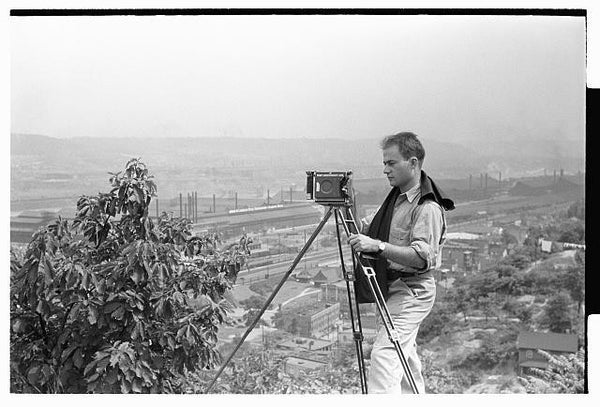This store requires javascript to be enabled for some features to work correctly.

Arthur Rothstein
Arthur Rothstein is well-known for being one of America’s premier photojournalists. Born in 1915 in New York City, his photography career began in college when he attended Columbia University. Rothstein served as photo editor of the Columbian, founded the University Camera Club, and most importantly, met Roy Stryker. After graduation, Stryker invited Rothstein to join him in Washington, D.C. to set up the dark room for his newly founded Photo Unit of the Historical Section of the Resettlement Administration. This agency was eventually folded into the Farm Security Administration, where Rothstein became the first photographer sent out by Stryker. As a member of the photography corps in the FSA, Rothstein took some of the most iconic photographs of rural and small-town America (perhaps best-known is his image of a farmer and his sons walking in the face of an Oklahoma dust storm.)
Rothstein left government life briefly in 1940 to become a staff photographer for Look Magazine, but returned to join the Office of War Information and later the US Army as a Signal Corps photographer. While in the Signal Corps, he traveled to Myanmar (then Burma), India, and China, the latter where he remained following his discharge from the military. He worked as a photographer for the United Nations, capturing images of the Great Famine and displaced Holocaust survivors in Shanghai.
Seven years later, Rothstein returned to the United States and to Look Magazine as the Director of Photography. He continued to work at Look until 1971 when it stopped publishing. His next job in 1972 was at Parade Magazine. Rothstein worked here until his death in 1985. Before his death, Rothstein had published nine books, written numerous magazine articles, and worked as a staff columnist for US Camera, Modern Photography magazines, and the New York Times. He received over 35 photojournalism awards and was one of the founders of the American Society of Magazine Photographers. While his photographs are in permanent collections around the world, his impact reaches far beyond his images to photographers today.



